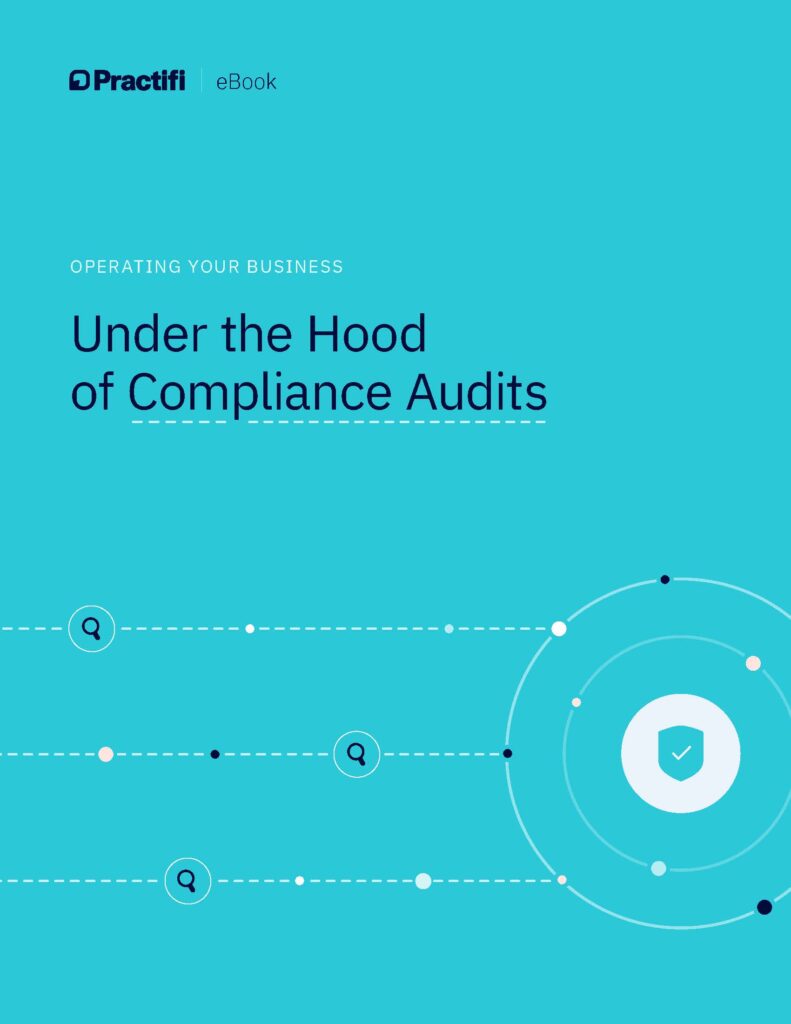
What Ethical AI Means for RIAs
AI has moved from hype to habit in wealth management. From automated client outreach to predictive portfolio strategies, firms are leaning on it to work smarter, faster and more efficiently. But technology in this space doesn’t just need to be powerful, it needs to be principled. The wealth management industry runs on trust, not just transactions. Advisors aren’t just moving money; they’re managing relationships, responsibilities and reputations. If AI is going to be part of that equation, it has to earn its place.
That means asking the hard questions: Is the system fair? Can we explain its decisions? Who’s accountable when something goes wrong? And most importantly — can clients trust it?
What Ethical AI Really Means
AI is only as ethical as the intent behind it and the data that shapes it. In wealth management, that’s a high-stakes combination.
Ethical AI refers to artificial intelligence systems that are designed, trained and used in ways that support fairness, transparency, accountability and respect for privacy. Making AI effective is one thing, but making it responsible is what matters in this space.
For firms managing client assets, that means:
- AI should not make decisions that are discriminatory or biased. This includes product recommendations, risk assessments or personalization of services.
- Clients and advisors should be able to understand how AI-driven outcomes are generated. Many systems are “black boxes,” meaning the decision-making process isn’t visible or easily explained.
- There must be clear accountability for the decisions AI supports. Machines don’t sign compliance disclosures — people do.
Most AI systems aren’t built with the advisor-client relationship in mind. They’re trained on large datasets with little regard for regulatory obligations or fiduciary standards. That disconnect can lead to real harm, from misaligned advice to privacy violations to biased outcomes that quietly exclude or disadvantage certain groups.
The Three Core Principles of Ethical AI
There’s no switch that makes AI “ethical” by default. It takes deliberate choices — about how systems are built, how data is used and how decisions are reviewed. When AI is used to inform financial decisions, even small errors or biases can have outsized consequences. These principles help ensure technology supports, not undermines, the values at the core of wealth management.
- Transparency: AI should support better decision-making, not create confusion. Advisors need to know how a system arrived at a recommendation so they can explain it clearly. Clients deserve the same clarity. If the AI can’t show its work, it doesn’t belong in a client-facing workflow.
- Fairness: Bias isn’t always obvious. It can be buried in the data used to train a model or in how outcomes are weighted. Left unchecked, bias can lead to unequal treatment across client groups — whether that’s who gets prioritized for outreach, how risk is scored or what products are recommended. For instance, a model trained on digital engagement may unintentionally favor younger investors, sidelining older clients who might actually have higher assets or more complex needs.
- Accountability: AI doesn’t eliminate responsibility. It shifts it. Firms must be clear about who is accountable for AI-driven decisions, especially in client interactions. Advisors should have the authority to question or override recommendations. AI can support compliance, but it can’t replace it.
Data, Risk and Regulation: Where AI Must Play by the Rules
Remember, AI runs on data. That means sensitive, high-value information — client portfolios, financial goals, personally identifiable information (PII) — all of it flowing through algorithms that need to be both smart and secure.
The more powerful the technology, the bigger the risk. A 2024 industry survey found that nearly 40% of financial professionals cite data privacy and security as top concerns in adopting AI. And they’re right to worry. AI systems are prime targets for cyberattacks, and when things go wrong, the fallout isn’t technical, it’s personal. One breach, one bad recommendation and trust evaporates.
Clients are paying attention, too. Over 80% of consumers worry that AI companies use their data in ways they wouldn’t approve of, according to Pew Research. That kind of sentiment puts pressure on firms to be crystal clear about how client data is being used and why.
Then there’s regulation. The rules aren’t always keeping up with the tech, but that doesn’t mean firms can afford to wait. The Treasury Department has urged financial institutions to proactively assess their AI systems for compliance before deployment and to keep reassessing as those systems evolve. Meanwhile, frameworks like the EU’s AI Act and the U.S. AI Bill of Rights are signaling a global push toward more oversight.
Still, only about one-third of financial firms have formal governance structures in place for AI, even though most agree it’s critical to the future of the industry. Firms that ignore that gap aren’t just exposed to risk. They’re passing up a clear opportunity to lead.
What Firms Should Be Doing
- Lock down your data. Encrypt it, audit it and protect it every step of the way.
- Be upfront with clients. Make it clear what data is used for, get consent and give people choices.
- Build a real AI governance plan. Define who’s responsible, how oversight works and what happens when the tech gets it wrong.
- Stay ahead of regulations. Don’t wait for compliance to catch up. Start anticipating it.
- Train your teams. Make sure everyone touching AI understands the ethical and legal stakes.
Firms that treat AI governance like a compliance checkbox are going to fall behind. The ones that get it right? They’ll lead with trust, transparency and a serious competitive edge.
Build Client Confidence Through Responsible AI
AI won’t scare your clients — until it does. All it takes is one unexplained recommendation or a misstep with their data, and suddenly the smartest system in your stack looks like a risk instead of a value-add.
AI has the power to make client experiences better: faster responses, more personalized insights, sharper portfolio recommendations. But none of that matters if clients don’t trust the process behind it. Clients don’t need to understand your tech stack. But they do need to trust that whatever you’re using works for them, not just for you.
Trust is built through small, consistent signals:
- Transparency: Let clients know when AI is in play and what it’s influencing. If a recommendation is algorithm-driven, say so and make it make sense.
- Choice: Don’t push automation at all costs. Give clients and advisors the ability to slow down, ask questions or stick with human judgment.
- Consistency: Build AI systems that mirror your firm’s processes and values. Clients should get the same experience, whether it’s powered by people or technology.
- Oversight: Someone should always be reviewing, refining and owning the output. Systems can drift but people keep them on course.
Firms that take the time to build trust into their tech will stand out. Clients don’t expect perfection. They expect clarity, control and accountability. When you give them that, AI stops feeling like a black box and starts becoming a differentiator.
Putting Principles Into Practice
Wealth management has always been a relationship-driven business. That doesn’t change with AI — it just becomes more complex. Clients still expect clarity, fairness and personal care. The challenge now is making sure the systems behind the scenes uphold those expectations at scale. Firms that use AI without clear guardrails risk more than regulatory trouble. They risk eroding the trust that keeps clients loyal and confident. On the flip side, firms that lead with transparency, accountability and intentional design will set a new standard. And not just for compliance, but for the client experience.










